
Lot 550
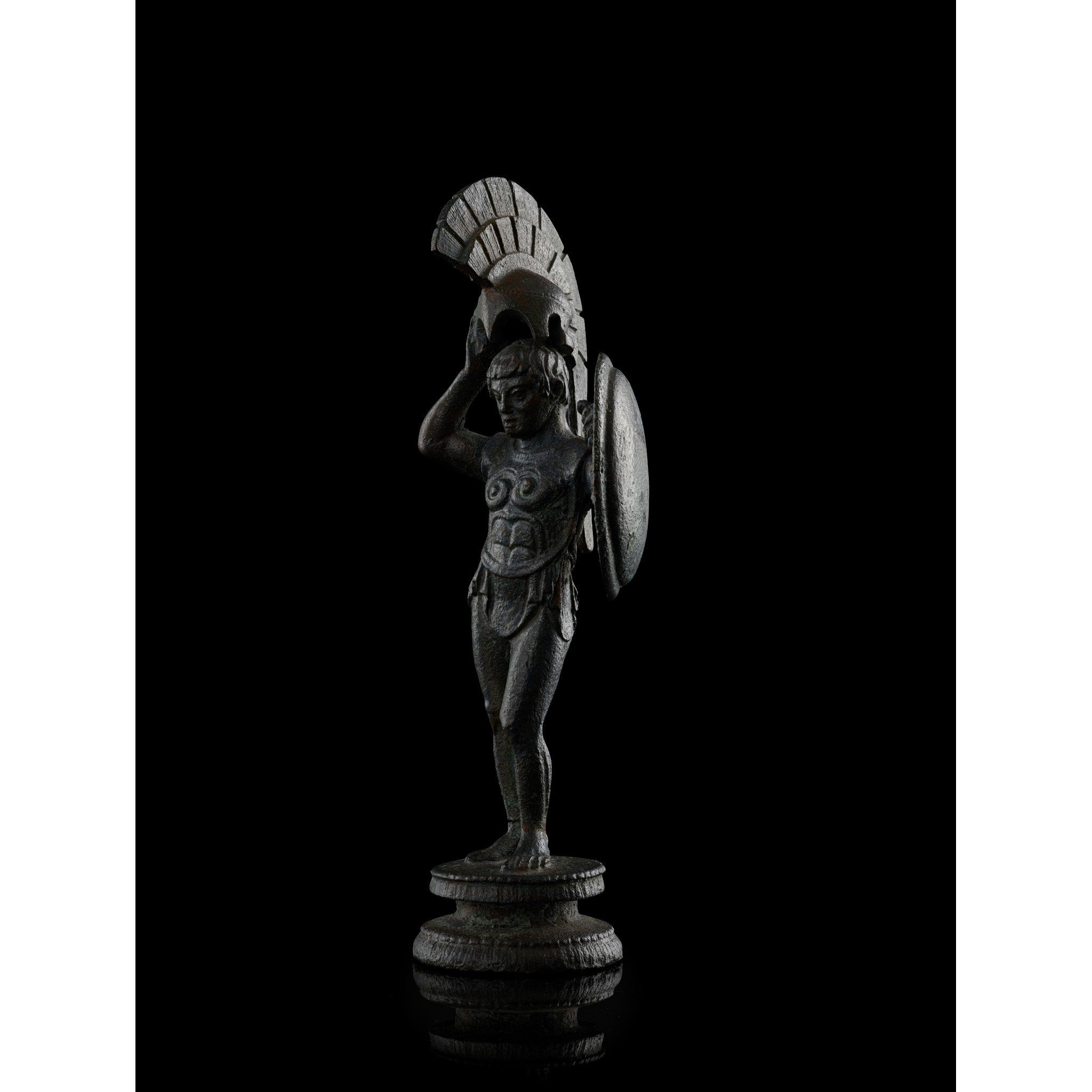
ETRUSCAN BRONZE FIGURE OF A WARRIOR ◆
NORTHERN ITALY, C. 500 B.C.
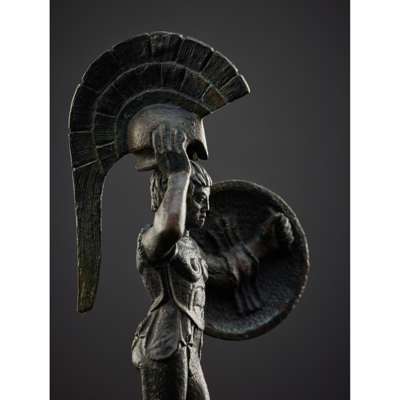

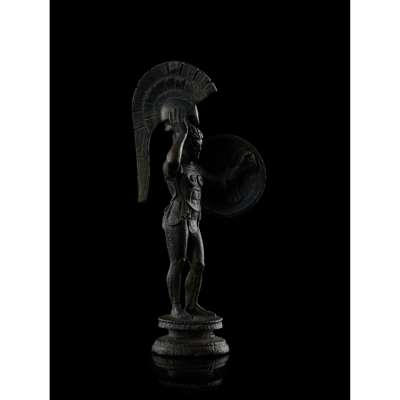
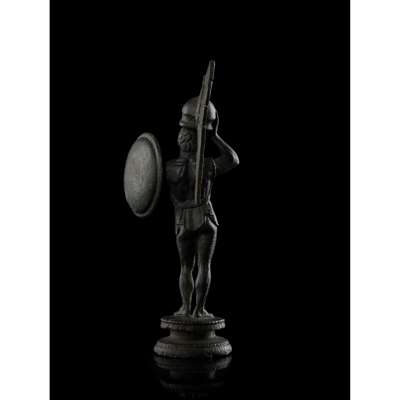



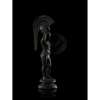
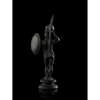
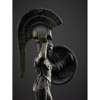
Auction: Day Two: 17 November 2022 | From 10:00
Description
bronze, likely originating from the top of a candelabrum, standing upon an integral double ring base, the figure stands with his weight on his right leg, the left leg advanced and bent at the knee, wearing a cuirass over a short pleated tunic, the left arm strapped into the broad disc shield with incised chevron pattern, the right arm held up to raise the Corinthian helmet which bears an elegant high crest falling down to his lower back, the hair close cropped
Dimensions
15.6cm tall
Provenance
Provenance: Dr. Athos Moretti Collection (1907 - 1993), Belinzona, Switzerland, acquired 1930s - 1960s.
Pino Donati (1919 - 1999), Arte Classica, Lugano, Italy, before 1980s
Christie's, Antiquities, 8th June 2001, lot 45, sold for $58,750 including premium
Private collection, United States
Exhibited:
"Master Bronzes of the Classical World"
The Fogg Art Museum, Cambridge, 4th December 1967 - 23rd January 1968
City Art Museum of Saint Louis, 1st March - 13th April 1968
The Los Angeles County Museum of Art, 8th May - 30th June 1968
Published: Mitten, D.G. & Doeringer, S.F. (1968) Master Bronzes from the Classical World, no 172. Los Angeles: LACMA (scan provided upon request)
Footnote
Note: Dr. Athos Moretti (1907 - 1993) was the director of a major Swiss pharmaceutical company and a significant patron of ancient art. His particular focus was originally upon Magna Graecan and Sicilian coinage, in which he built up one of the most important collections ever assembled. His collection ultimately broadened to include Greek and Roman works of sculpture. Moretti possessed a keen eye for quality and his collection pedigree has become highly prized since his passing. A prolific donor to public institutions, a number of works originally in Moretti's possession now reside in museums around the world.
The present piece bears stylistic similarities (specifically with regards to its double ring base and extravagant helmet crest) to the Etruscan bronze figure sold at Sotheby's, 3rd December 2019, lot 8 (also described as originating from the top of a candelabrum). Another notable paralel is the Etruscan bronze depicting the suicide of Ajax, c. 500 - 480 B.C. in the collection of the Florence Museo Archaeologico inv. 12193. For a further example of an Etruscan candelabrum finial with a figure wearing a similar cuirass, please see The Metropolitan Museum of Art, New York, accession number 47.11.3.









